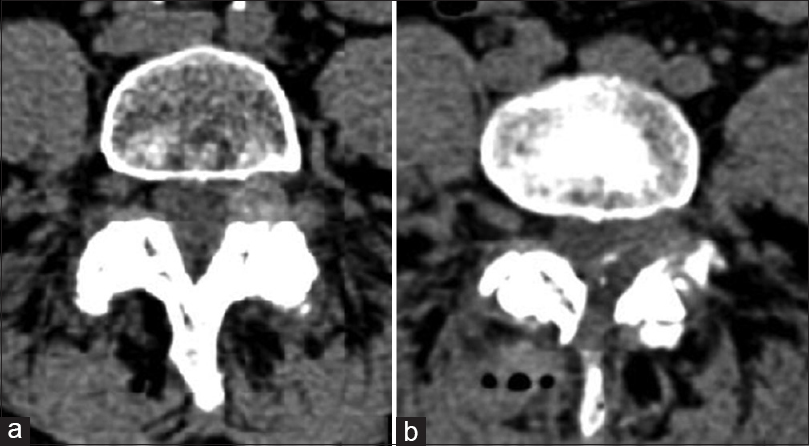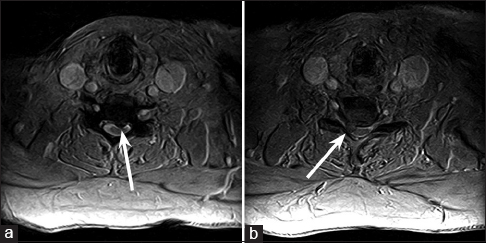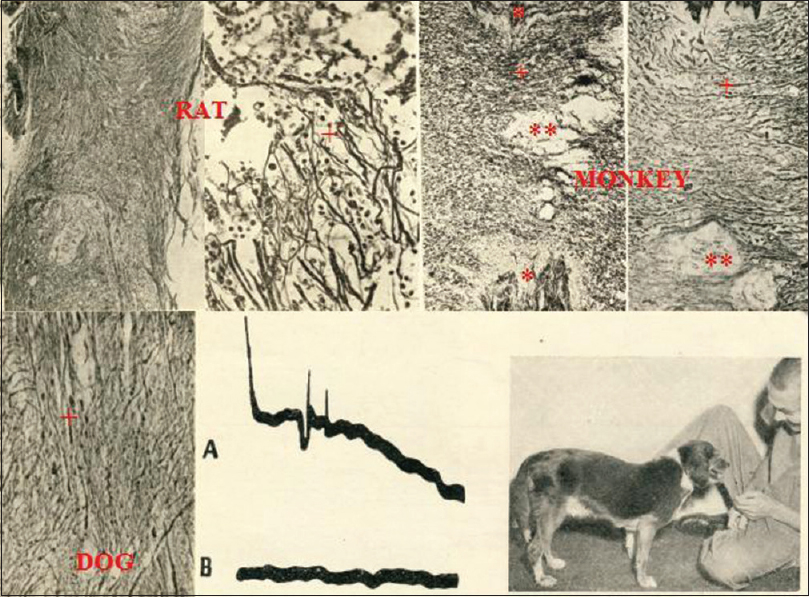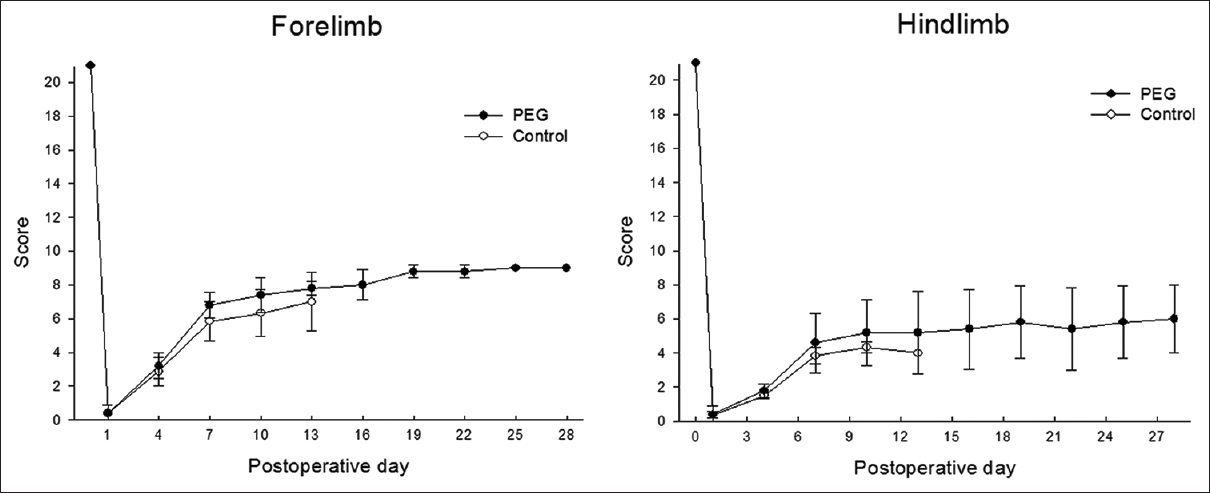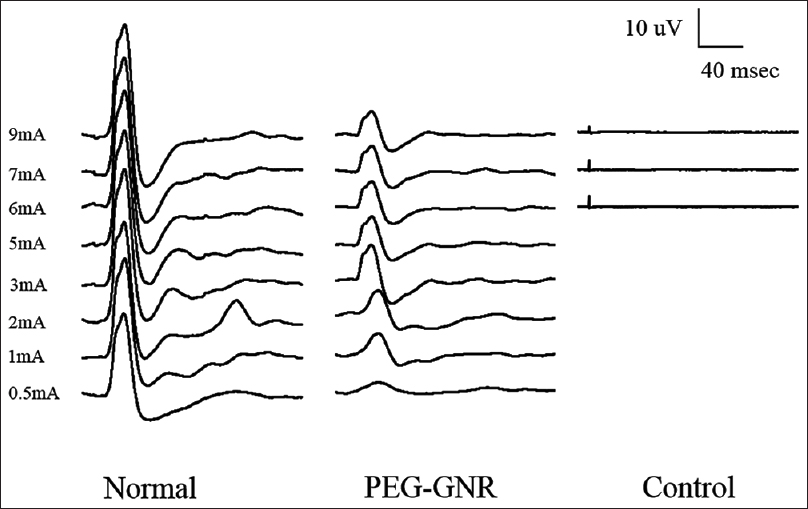Commentary on: The role of surgery for treatment of low back pain: Insights from the randomized controlled SPORT trials
Date of publication: 22-Sep-2016
Background:The SPORT trial database offered much useful information regarding the efficacy of surgical treatment for lumbar disc herniations, lumbar spinal stenosis, and degenerative spondylolisthesis. Data were obtained from 13 sites and included 2500 patients.
Commentary on: Laminectomy plus fusion versus laminectomy alone for lumbar spondylolisthesis by Ghogawala Z, Dziura J, Butler WE, Dai F, Terrin N, Magge SN, et al. NEJM 2016;374 (15):1424-34
Date of publication: 22-Sep-2016
Background:How does an article involving only 66 patients randomized into two spinal surgical groups get into the New England Journal of Medicine? Nevertheless, this one did. The article by Ghogawala et al. entitled Laminectomy plus fusion versus laminectomy alone for lumbar spondylolisthesis, compared the efficacy/outcomes of pedicle/screw/rod instrumented posterolateral lumbar fusions vs. decompressions alone for treating lumbar stenosis with grade I degenerative spondylolisthesis (DS).
Commentary on: A randomized controlled trial of fusion surgery for lumbar spinal stenosis (Forsth P, Ólafsson G, Carlsson T, Frost A, Borgström F, Fritzell P, et al. N Eng J Med 2016;374:1414-23)
Date of publication: 22-Sep-2016
Background:This article by Forsth et al. published in the New England Journal of Medicine entitled A randomized controlled trial of fusion surgery for lumbar spinal stenosis determined that decompressions alone vs. decompressions/fusions were equally effective in treating 1-2 level spinal stensois with/without degenerative spondylolisthesis (DS). Additionally, decompression alone reduced the perioperative morbidity, while reducuing the length of hospital stay (LOS), operative time, and surgical costs.
Contralateral interlaminar approach for intraforaminal lumbar degenerative disease with special emphasis on L5-S1 level: A technical note
Date of publication: 21-Sep-2016
Background:Intraforaminal disc herniations at the L5-S1 level are extremely surgically challenging lesions. Intracanal approaches frequently require partial or total facetectomy, which may lead to instability. Solely extraforaminal approaches may offer limited visualization of the more medial superiorly exiting and inferiorly exiting nerve roots; this approach is also more complicated at L5-S1 due to the often large L5 transverse process and the iliac wing.
Dual diagnostic catheter technique in the endovascular management of anterior communicating artery complex aneurysms
Date of publication: 21-Sep-2016
Background:The configuration of the anterior communicating artery (AcomA) complex is important in the endovascular treatment of AcomA complex aneurysms. In cases of codominant anterior cerebral arteries (ACA), coil embolization may result in inadvertent occlusion of the contralateral ACA due to poor visualization. A second diagnostic catheter in the contralateral carotid artery may help with visualization of this angiographic blind spot. To our knowledge, the safety and efficacy of this dual diagnostic catheter technique have never been assessed.
Delayed cerebral infarct following anterior cervical diskectomy and fusion
Date of publication: 21-Sep-2016
Background:Ischemic stroke following anterior cervical diskectomy and fusion (ACDF) is an exceedingly rare complication. There are only three previous cases focusing on this problem in the literature; here, we present the fourth case.
HEAVEN: The Frankenstein effect
Date of publication: 19-Sep-2016
Abstract
The HEAVEN head transplant initiative needs human data concerning the acute restoration of motor transmission after application of fusogens to the severed cord in man. Data from two centuries ago prove that a fresh cadaver, after hanging or decapitation, can be mobilized by electrical stimulation for up to 3 hours. By administering spinal cord stimulation by applied paddles to the cord or transcranial magnetic stimulation to M1 and recording motor evoked potentials, it should be possible to test fusogens in fresh cadavers. Delayed neuronal death might be the neuropathological reason.
Houston, GEMINI has landed: Spinal cord fusion achieved
Date of publication: 19-Sep-2016
GEMINI: Initial behavioral results after full severance of the cervical spinal cord in mice
Date of publication: 19-Sep-2016
Background:The GEMINI spinal cord fusion protocol has been developed to achieve a successful cephalosomatic anastomosis. Here, we report the preliminary data on the use of a fusogen [polyethylene glycol (PEG)] after full cervical cord transection in mice to facilitate the fusion of both ends of a sharply transected spinal cord.
Spinal cord fusion with PEG-GNRs (TexasPEG): Neurophysiological recovery in 24 hours in rats
Date of publication: 19-Sep-2016
Background:The GEMINI spinal cord fusion protocol has been developed to achieve a successful cephalosomatic anastomosis. Here, for the first time, we report the effects of locally applied water-soluble, conductive PEG(polyethylene glycol)ylated graphene nanoribbons (PEG-GNRs) on neurophysiologic conduction after sharp cervical cord transection in rats. PEG-GNRs were produced by the polymerization of ethylene oxide from anion-edged graphene nanoribbons. These combine the fusogenic potential of PEG with the electrical conducting properties of the graphene nanoribbons.


